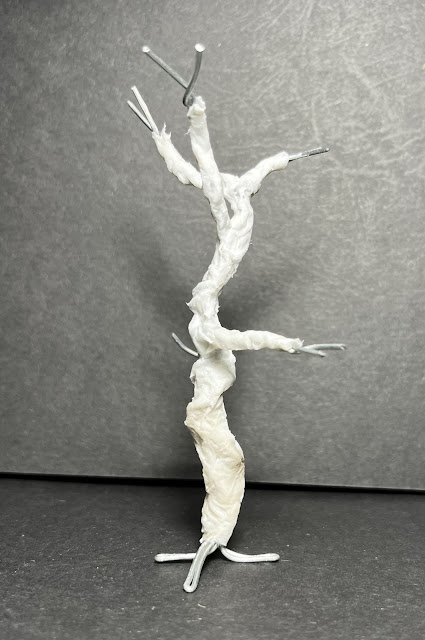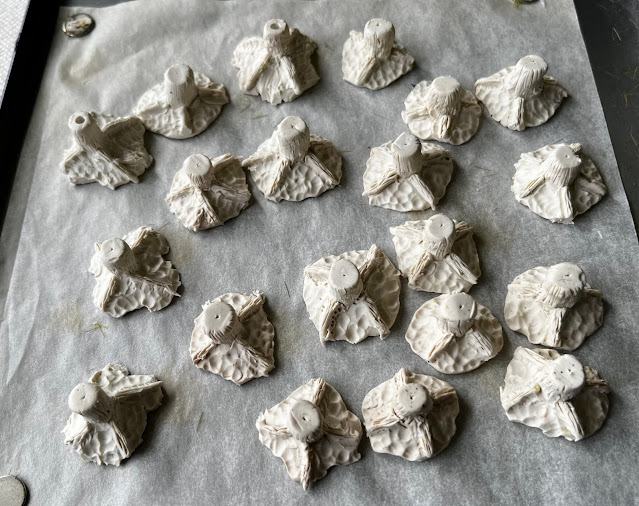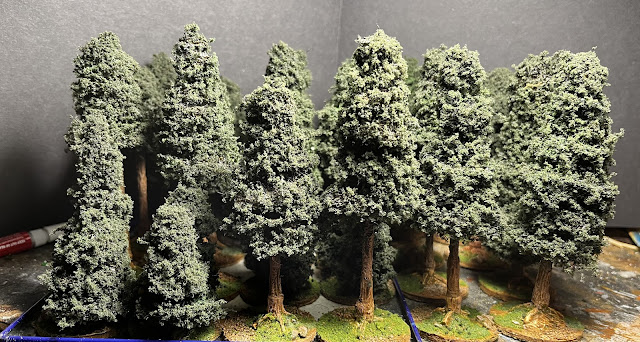April 25 is Remembrance Day in New Zealand and Australia - ANZAC Day - the commemoration of the day in 1915 that troops of the Australian and New Zealand Army Corps (the ANZACs) landed at Gallipoli.
My family are 1960s immigrants so none fought with the ANZACs. I have recounted my maternal relatives participation in the Great War in a previous post (link), but of my paternal family's involvement in the Great War I know nothing other than that my grandfather enlisted in Canada but on arrival in Britain was ruled medically unfit to serve (spending the war as a machinist so the Woolwich Arsenal) while his brother, my great-uncle George, who served with the Ross & Cromarty Battery, 4th (Highland) Mountain Brigade, 26th Division and was killed at Gallipoli - of all places. I do, however, know much more of my paternal family's involvement in the Second World War thanks to some notes left by my father that described his early life.
 |
| My father in 1940 |
My father was 23 when war broke out and was working with the Canadian Department of Agriculture. He was keen to join up, but his was a reserved occupation so for the first year of the war he was engaged setting up food processing facilities in western Canada at Calgary, Lethbridge and in the Fraser Valley. In time his interest in amateur radio caught the attention of the military and he was finally allowed to enlist, joining the Royal Canadian Airforce (RCAF), assigned to the RDF (radar) group. In 1941, as a part of a group of 250 specialists, he was sent to the UK to the RDF school in Yatesbury. The trip was an exciting one for him, leaving Halifax, travelling south to the Bahamas (for some strange reason), then north up to Greenland, across to Elgin and finally to Yatesbury. After his training there he was posted to Liverpool where he suffered the sobering effects of a heavy air raid and spent several days pulling the living and dead from the debris.
Leaving Liverpool he was posted to Glenarm on the coast of Northern Ireland where radar stations were installed to track German bombers sweeping in over the Irish Sea to attack Liverpool. After his initial three month posting he was left there as the only radar engineer on site for the next eight months. He worked there with four navy WRENs and by all accounts had an enjoyable posting. In his off duty time he played tennis at Lord Antrim's estate and seems to have become friends with both Lord and Lady Antrim.
During his time in Northern Ireland he was transferred to RAF 79 Wing at Porterdown where he was assigned to aerial maintenance, having been trained by the Marconi Company for the job. He also installed two new stations near Castlerock. Made sergeant in late 1942 he took command of the station for four months until an officer was appointed. The station consisted of an interesting ratio of 8 male and 82 female staff, which he ran with the assistance of a WRAF sergeant and a medical corporal. The posting went smoothly for him and undoubtedly allowed him to develop the administration skills for which he was well known in his later career.
It was also at that time that he met my mother who was serving as a WAAF in the Filter Room at RAF Dundonald, in the basement of the Northern Ireland Parliament building in Belfast. They would marry after the war.
In 1943 he was transferred back to Liverpool to a group that handled the maintenance of radar stations from Pembroke to Scotland. However, with the diminished threat from German bombing raids, many of the stations on the west coast were deemed non-essential and the wing closed in late 1943. He was sent to North Africa for four months where he was involved with experiments in detecting shells using microwave radar. Transferred to Malton, Yorkshire, to RAF 84 Wing, he was selected as part of a group that gave a radar course to members of Eisenhower's staff, none of whom were lower ranked than general, at Hays Castle Cross, Pembrokshire. During that time he also worked from a base at Winterton, on the Norfolk coast, installing equipment for the detection of V2 Rockets and providing support for the Nijmegen Raid. In 1945 he led a team stripping radar stations in the Isle of Man. At the conclusion of hostilities in Europe he returned to Canada, landing at Quebec, where he had four and a half days of unrestricted leave. He was on a train home to British Columbia when VJ day occurred. He was discharged in August 1945 and returned to his work with the Department of Agriculture.
In the late 1940s he attended Oregon State University as part of an education programme for returned servicemen and earned a degree in Food Technology. In the next fifteen years he developing a sound reputation, one that caught the eye of a director of the New Zealand Department of Scientific and Industrial Research, who head-hunted him to lead their Food Technology Section and our family relocated to New Zealand in 1963.
While my dad was a technical specialist and did not serve in the front line, others of his family did. Both of his sisters served overseas as nurses and both of his brothers and both of his future brothers-in-law fought with the Canadians in Italy and Holland. All of them came home safely, although one brother-in-law was a driver of a tank that was hit and was never quite the same. One uncle continued with the Canadian Army until the early-1970s, serving in Korea, Germany and with the peace keeping efforts on the Golan Heights. They are all gone now so today is a good day to remember them and their service...Lest we forget.

























































